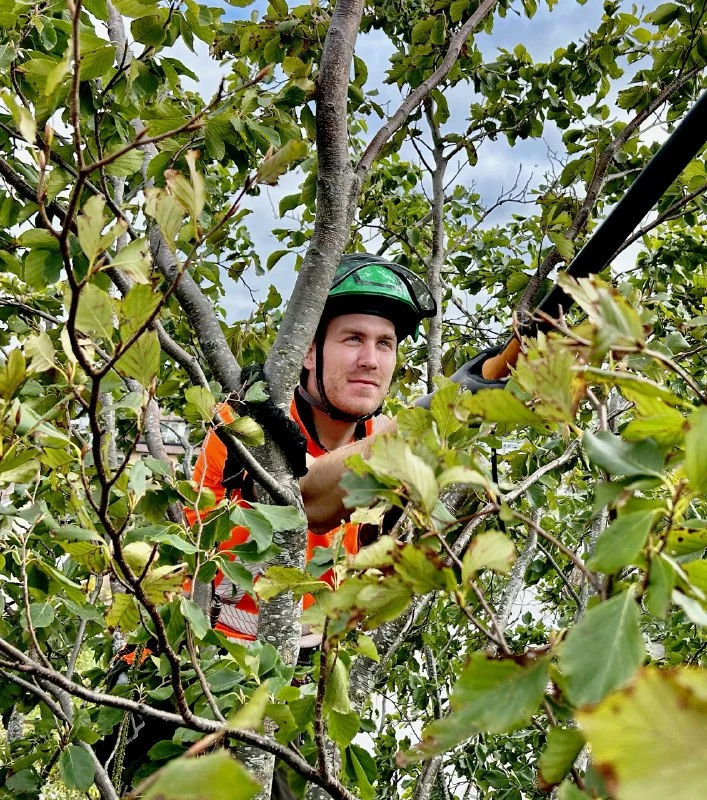Why do leaves change color in autumn?
As fall arrives, trees put on a colorful show. But have you ever wondered why leaves change color? Let's explore what we know about this transformation!
In the warmer months, leaves are green, thanks to a pigment called chlorophyll. The primary function of chlorophyll is to absorb sunlight for the cell within its located called chloroplast. Within the chloroplast happens the food production of the plant - photosynthesis - which is a reaction where the collected sunlight converted to chemical energy in the form of carbohydrates.
Although leaves are the primary energy producing organs of trees, when sunlight input is decreases with the shorter autumn days, it becomes more energy-expensive to keep the leaves alive then to shed them and grow new ones when light is more abundant in spring.
But now focus on the main point: why do the leaves change the color before they shed?
The topic of how chlorophyll continuously breaks down is a deeper topic than my understanding of biochemistry, but it occurs constantly throughout the summer. However in the autumn short sunny days, combined with cold nights trigger a decrease in chlorophyll production while simultaneously enhancing the accumulation of sugars. This process allows other pigments including carotenoids(responsible for yellow, orange and red colors) and anthocyanins (reds and purples) to be produced or unmasked. The purpose of this pigments is to protect leaf cells from ultraviolet radiation, cold temperatures, or deter pests while sugars and amino acids are reabsorbed for storage.
